There are two ways to peel shrimp: by hand or with kitchen scissors.
Method #1 - Peeling shrimp by hand
First, pull the legs. This isn't strictly necessary and you can remove the shell without removing the legs, but it's best to do it. Break the shell on the underside (where the shrimp is softer) and peel it off. Work your thumbs under the shell and break it open. When the shell cracks, you will be able to peel the shrimp.
Pull the tail. The tail can often be left on for cooking and serves for a nicer dinner presentation, but removing it makes the shrimp a little easier to eat. If you want to remove it when peeling them, pinch the tail where it meets the body of the shrimp and gently pull it. The rest of the shrimp should be removed by the tail.
Method #2 - Peeling the shrimp with kitchen scissors
Cut off the top of the shrimp with scissors. Place the tip of the scissors between the shrimp and the top of the shell and begin to cut the shell lengthwise. Stop when you reach the tail.
Peel the shell. Peel back the shell on both sides of the cut and discard it. Remove the tail as in the first method.
Cut the shrimp along their backs with a knife. Carefully run your knife along the back of the shrimp. You don't need to cut very deep - a shallow cut is enough. Look for the vein (the shrimp's digestive tract). The vein will look like a long, dark string. You may not find a vein in every shrimp - that's okay. Pull out the vein with your knife. Gently pull the vein up with the tip of your knife, starting near the top and working your way to the bottom. It is quite elastic, so it usually does not break. If it breaks, just pick it up again and keep pulling.
With the already peeled shrimp you can prepare many delicious recipes such as:
- shrimp salad;

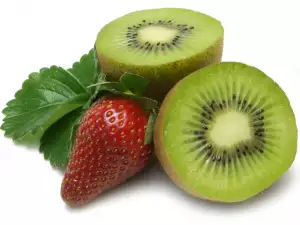




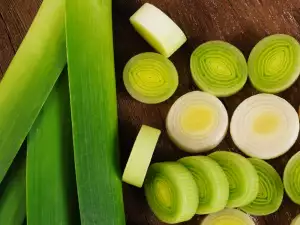


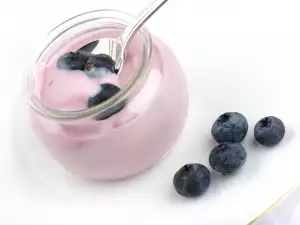
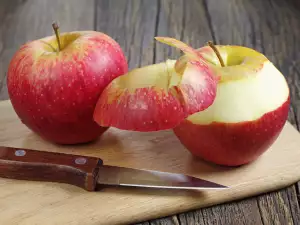


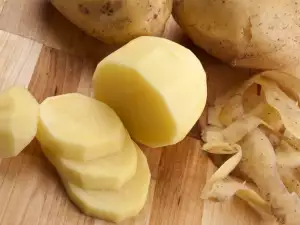





Comments